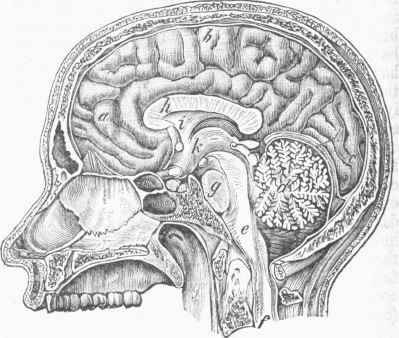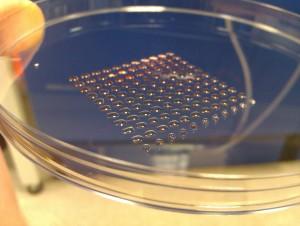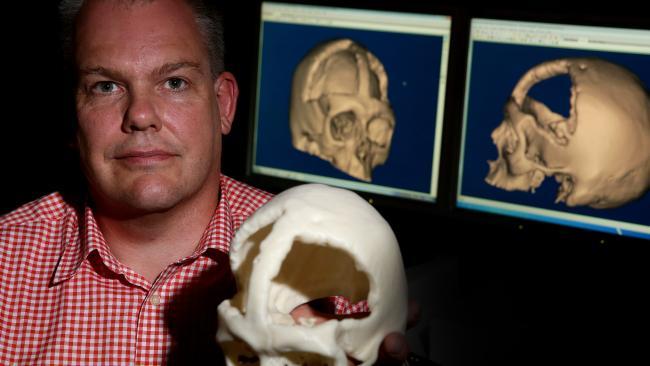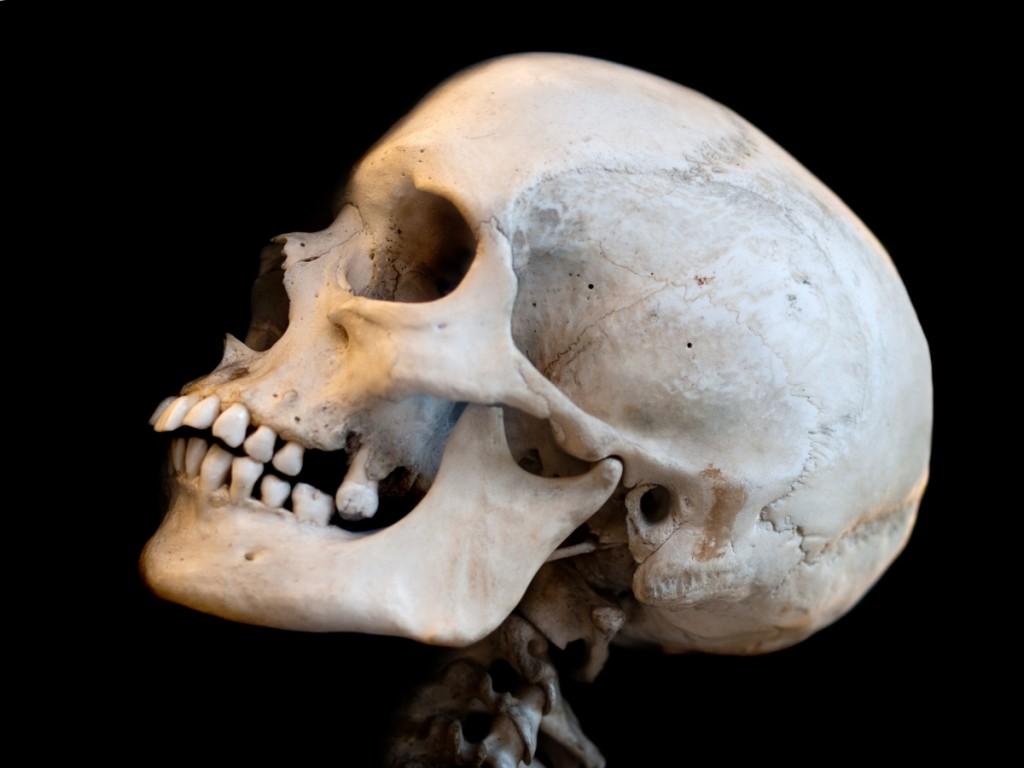Western Australia: Researchers Use 3D Printing to Make Headway with Cranial Reconstruction
 While the excitement of all we can do with the 3D printer from the desktop is enough to make a hobbyist giddy, with the sky seeming to be the limit for incredible creation and innovation in everything from jewelry to hobby cars–imagine how thankful thousands of patients are today as the technology offers them a new lease on life with everything from revolutionary new devices to implants–to eventually one day–body parts for seamless organ transplants.
While the excitement of all we can do with the 3D printer from the desktop is enough to make a hobbyist giddy, with the sky seeming to be the limit for incredible creation and innovation in everything from jewelry to hobby cars–imagine how thankful thousands of patients are today as the technology offers them a new lease on life with everything from revolutionary new devices to implants–to eventually one day–body parts for seamless organ transplants.
Today, a team in Australia is working to perform a complex new procedure which will benefit patients with very serious conditions concerning the skull. Not just looking at assisting patients with a helpful device or outfitting them with an optional accessory, the team must figure out how to do more cranial reconstruction surgeries–and how to do them better.
With 3D printing, a selected team at Royal Perth Hospital–comprised of a surgeon, two engineers, a neurosurgeon and chief scientist–thinks it is entirely possible that patients will be able to reap all the enormous benefits of the technology. First, they will be able to use digital scans to make complete replicas of bone taken from patient’s skulls, as most of these surgeries are necessary due to either damage to the cranium or a partial removal during other surgeries.
 One of the immediate benefits in using 3D printing is that they will be able to create patient-specific implants in the form of bioceramic scaffolds that are less than 0.1 mm the size of the patient’s original bone. The team will be injecting these scaffolds with millions of stem cells and once implanted, they should help to regrow the bone, as well as disintegrating easily afterward.
One of the immediate benefits in using 3D printing is that they will be able to create patient-specific implants in the form of bioceramic scaffolds that are less than 0.1 mm the size of the patient’s original bone. The team will be injecting these scaffolds with millions of stem cells and once implanted, they should help to regrow the bone, as well as disintegrating easily afterward.
Actual trials will be performed next year, with a 3D printing service from Vienna being responsible for the actual fabrication of the scaffolds. Researchers hope to see that in their use of 3D printing they will be able to eliminate complications like infection, shave minutes and hours off of time spent in the operating room, and also shave dollars and cents off the bottom line for creating such scaffolds, which is important as it leads to greater opportunity for experimentation and innovation and in the end, accessibility for patients.
For the Australian researchers, this is a very important project, marking the first time stem cells will be used for the regrowth of bone. This should be a vast improvement over previous, traditional methods, using pieces of the patients’ bones that had been frozen (and caused risk of infection later) or inserting titanium, which can cause issue when breaking down in the patient’s body later.
“What we’re trying to do is take it one step further and have the ceramic resorb and then be only left with the patient’s bone, which would be exactly the same as having the skull back,” said Neurosurgeon Marc Coughlan.
As part of a funding grant split between nine different health and medical entities in Australia, health officials are receiving A$2m (approximately $1.5 million USD) for research on this project and to work on cutting costs as well as increasing quality and efficiency in Australia’s health system. Many eyes will be monitoring the success of the project, as it offers so much potential not just for future cranial reconstructions, but obviously many other procedures in the surgical arena as well.
“This project highlights some of the innovative and groundbreaking research that is under way in WA’s public health system, and the commitment of the government to supporting this crucial work,” said health minister Kim Hames.
We’ve reported on numerous cases of 3D printed implants, and even one that is similar to this particular case in Zambia, where a seven-year-old girl received a forehead implant after hers was partially removed due to an infection. With a 3D printed lattice framework, surgeons successfully reshaped her forehead, helping her to look better but also to help regrow the bone, with the 3D printed lattice eventually degrading safely.
As the Australian researchers take this process further and are (hopefully) able to help many others, the use of 3D printing will hopefully be able to propel numerous other medical processes along as well, transforming surgeries–and the quality of life for many people. Let’s hear your thoughts on this research in the 3D Printed Cranium forum thread on 3DPB.com.
[Source: International Business Times]Subscribe to Our Email Newsletter
Stay up-to-date on all the latest news from the 3D printing industry and receive information and offers from third party vendors.
Print Services
You May Also Like
3D Printing Grows to $15.9B in 2024 Amid Shifting Industry Dynamics
The global additive manufacturing (AM) market reached $15.9 billion in calendar year 2024, according to “Q4 2024 3DP/AM Market Data and Forecast” from Additive Manufacturing Research (AM Research). Despite a...
3D Printing by the Numbers: Free AM Research Webinar to Dig into Market’s 2024 and 2025 Financial Performance
The additive manufacturing (AM) sector is at a pivotal moment, with industry growth stabilizing after a year of uneven performance. To help businesses and professionals navigate the evolving market, Additive...
RAPID + TCT 2025: Exploring 3D Printing’s Role in Defense
RAPID + TCT, North America’s largest additive manufacturing (AM) event, returns to Detroit this April, bringing together industry leaders, innovators, and government stakeholders to explore the latest advancements in AM....
3D Printing for Data Centers: New Report Sees “Exponential” Growth for AM Through 2033
The latest market study from Additive Manufacturing (AM) Research, in partnership with energize.am, entitled “AM for Data Centers: a 3D Printing Market Opportunity,” paints the picture of a generational opportunity...



























